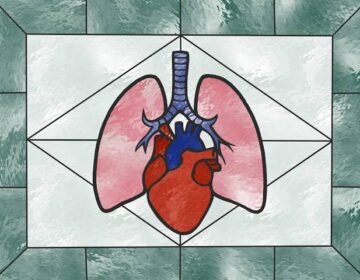The breakthrough approach could lead to successful, long-term organ transplants, bringing science fiction closer to becoming medical reality.
Cryopreservation, the process of preserving biological tissues by cooling them to subzero temperatures, might sound like something out of science fiction. However, scientists have been developing this technology for nearly a century.
For most of that time, progress was limited—until 2023, when researchers at the University of Minnesota successfully transplanted a cryopreserved kidney into another rat. This achievement demonstrated the potential for using cryopreserved organs in future human transplants.
Cryopreserving larger organs poses a significant obstacle because the tissues are prone to cracking during rapid cooling. Avoiding these fractures is critical for maintaining organ integrity in human preservation and transplantation. A research team has published a paper detailing a new cryopreservation technique that may prevent cracking in organs.
To preserve organs outside the body for longer periods, scientists use a process called vitrification. This method freezes tissue in a specialized solution, keeping it in a glass-like state that prevents damage from ice crystal formation. By modifying the composition of the vitrification solution, researchers can analyze how different properties influence the likelihood of cracking in an organ.







